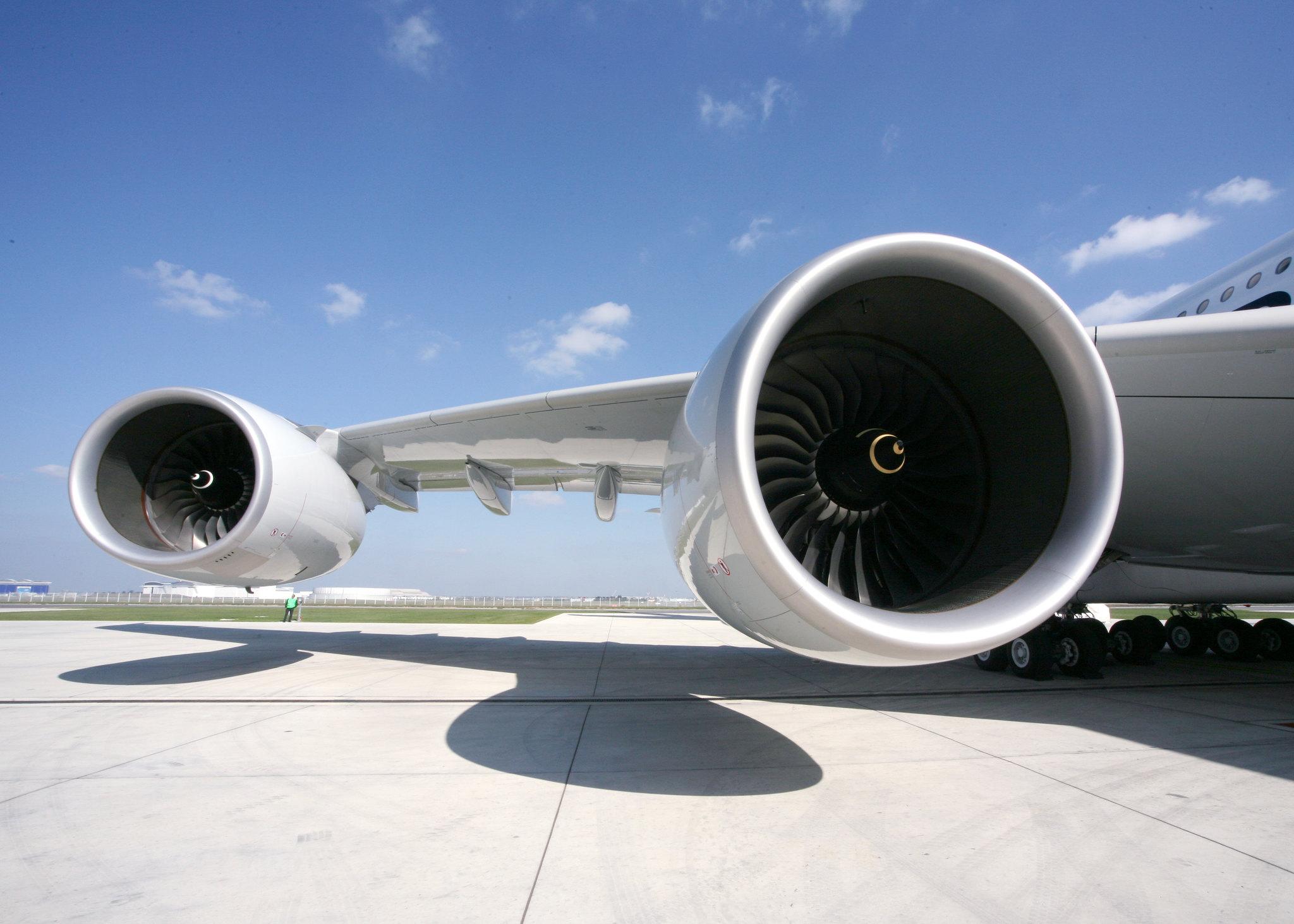
EASA plans to mandate Rolls-Royce-recommended on-wing inspections of certain Trent 900 interstage spacers to find cracked parts in the Airbus A380 engines before they trigger in-service incidents.
A draft airworthiness directive issued Aug. 25 calls for repetitive on-wing borescope inspections of spacers between intermediate pressure compressor (IPC) stage 2 and stage 3 disks at specific intervals, based on the affected module’s condition. The maximum interval is 500 flight cycles or 5,000 flight hours, whichever occurs first.
The checks expand an existing program, mandated in a February EASA directive, that requires checks of the spacers during shop visits. Rolls recommended the initial inspections after finding two instances of cracked spacers between stage two and stage three IPC disks. “This condition, if not detected and corrected, could lead to IPC rotor shaft failure, possibly resulting in release of high-energy debris,” EASA noted.
Since the original recommendation and related mandate were issued, “it was decided that repetitive on-wing inspections are necessary,” EASA said.
Rolls told operators of its plan to add on-wing checks to its inspection recommendations on Aug. 19. The updated service bulletin is pending.
EASA said the “investigation is on-going to identify the cause of these cracks.”
Aviation Week Intelligence Network Fleet Data lists 112 Trent 900-powered A380s in the global fleet—most of them with Emirates Airline. But only 18 of them were in service as of early August, with 93 listed as being in long-term storage—defined as idle for at least 90 days—or parked.
The proposed EASA directive, no. 20-124, is open for public comment until Sept. 22.





